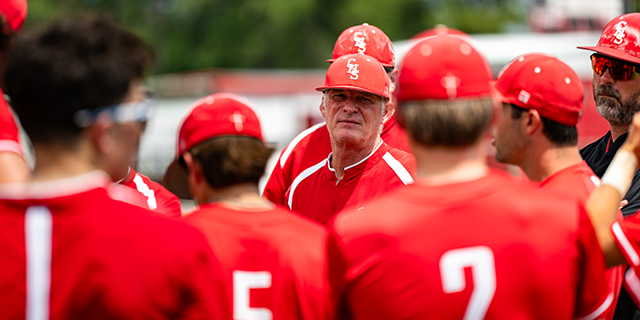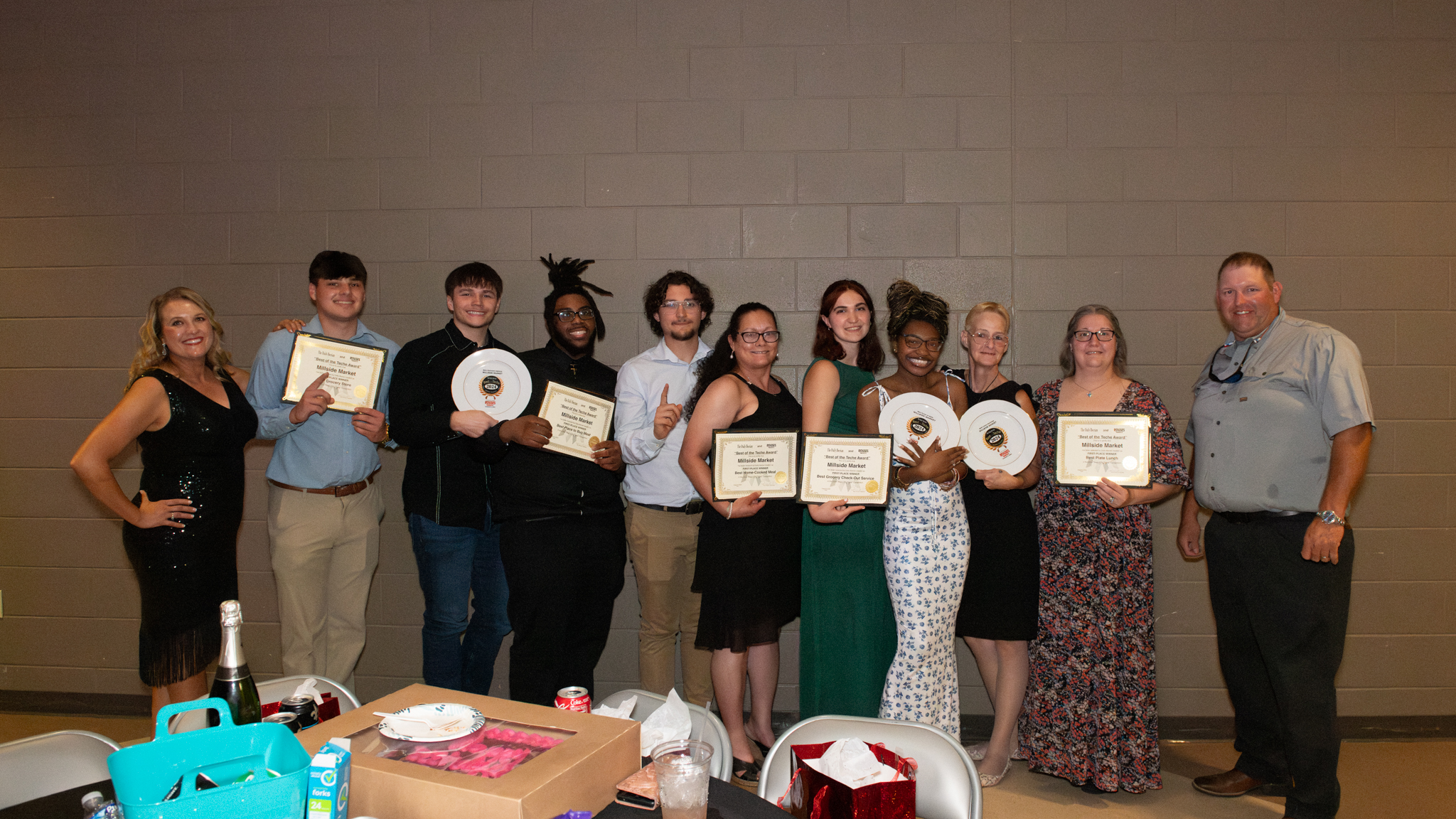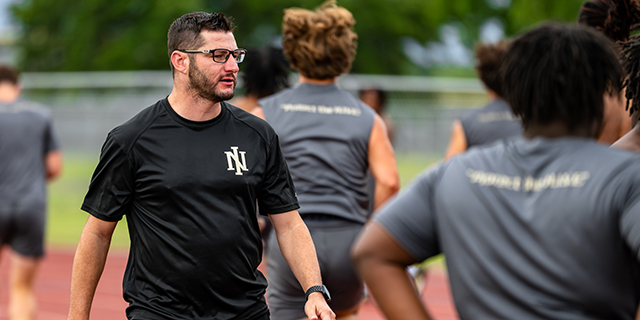The Best Homemade French Fries
Published 9:03 pm Thursday, September 19, 2013

- The Best Homemade French Fries
The humble frybr
America’s love affair with the varied cut, deep fried potato originated in Belgium, and whether it’s shoestring, crinkle cut, steak cut, waffles, or curly q’s one thing is certain; we love our french fries.
Like me you may be thinking to yourself this is nothing more than cut potatoes fried in oil, how difficult can it be? As it turns out, quite difficult indeed. The proprietary processes and recipes regarding french fries are closely guarded secrets among fast food chains. You know who has the best fries don’t you? Well that’s not by accident.br
Fry sciencebr
Why is it so hard to get a good, crispy french fry at home? Well it isn’t actually, but what’s going on is you are trying to cook a huge amount of water out of a dense, starch laden vegetable in order to leave behind the starch structure itself, and air. These two things, along with some browning on the outside, make the light, crunchy, little potato spears we so love.br
When researching how to make a great fry at home I soon realized that there is a not so fine line between passion and obsession, and that some people have blown past that line like is doesn’t exist. Just take a look at
exhaustive, two part series on the perfect french fry.
Now before heading over there let me warn you that these guys are
of food. I mean this is some heady stuff. These guys get down to the molecular level and see what’s what. They use natural additives like Novoshape, and Pectinex SP-L for structure strengthening and decreased oil absorption based on breaking down pectin. Yeah…stuff like that.
If you’re a food nut, like me, then make yourself a nice cup of coffee and click on over. If you just want some really good, dare I say great, fries just keep reading.br
One of the techniques I use is blanching. Now you can blanch foods, potatoes included, in water, oil, or steaming. Blanching simply means to partially cook. So the whole process consist of cooking the fries once at a lower temperature for a longer time, removed, dried, and then cooking them again at a higher temperature. I choose the oil method for a few reasons:br
1) Ease of use- When blanching in oil the outside of the fry starts to set, or get crisp. This makes them much easier to handle after they are blanched.br
2) One less pot- When I cook, I try to consolidate steps and equipment if possible. One less pot or pan to wash is one less.br
3) Decreased drying time- Part of this process involves drying after blanching. Oil blanched fries dry quicker.br
French fry anatomybr
There are only a few requirements for great french fries; namely good quality cooking oil, an electric fryer, Kosher salt, and some fresh, russet potatoes. Back off of the commenting for a second will you?
I know that there are more exotic, and expensive, ingredients like Yukon Gold potatoes and different types of oils, etc. but that just adds to expense and the difference is barely noticeable if at all. The ingredients I used are readily available, inexpensive to buy, and produce delicious fries.br
The only possible exception would be using peanut oil. Peanut oil tastes great, has a very wide working temperature range, and lasts a long time. But it is very expensive, and for me the cost didn’t translate into flavor or texture or anything else of note.br
An electric fryer is essential because it keeps the oil at a more consistent temperature than a pot on the stove.
Method:br
How is this for simple? There are four steps to great fries:br
- Cut
- brBlanche
- brDry
- brFrybr
It really is that easy.
First is the cutting. Wash you spuds in cold water, scrubbing off any embedded dirt. If you are cutting up 4-6 potatoes for the family, go ahead and practice your knife skills. Remember to try to get the fries as close to ¼” as possible, see the slideshow. This will ensure even cooking. If a few are too thin they will just be extra crispy. I like those.br
If you are cutting potatoes for a larger group, you may want to invest in a
or
Note: If you need to store your cut potatoes, do so in plain, cold water. Just be sure that they are drained, and dried before frying.br
Second is blanching. Heat the oil to 250° and fry the potatoes in small batches for 20 minutes per batch. Shake well, and then remove to a wire rack, or paper towel lined sheet pan.br
Third is drying. Do not skip this step. Allow the fries to cool completely in a single layer turning them frequently. Also, you can place the sheet pan in the freezer for a couple of hours, bag them, and refreeze for later cooking.br
Fourth is the final frying. Heat the oil to 400°. Fry in small batches for 3-5 minutes, remove, shake, toss on a wire rack or paper towel lined sheet pan, and season immediately with Kosher salt, pepper, granulated garlic, etc.
Finished french friesbr
That’s all there is to it. It’s the blanching and drying steps that make all of the difference. This is why when you buy frozen, bagged fries it seems like they have been cooked already because they have. Now you can enjoy the great flavor of fresh, homemade french fries with the great crunch and texture of your favorite fast food joint. I think potato futures are about to go up.
Stay hungry.





